For a lot of people, search engine optimization is an afterthought.
It’s strange, as even Google says that IF you have to hire an SEO strategy, you should do so early rather than late, like when you’re just planning to launch a new site.
Now, why would Google say that?
Because search engine optimization isn’t a topping that you can just pour on top of your site. It’s a base ingredient.
This applies to when you’re building BRAND as well. When you launch your brand (and your site), you shouldn’t dismiss search engine optimization for later.
Why?
Because SEO is all about improving user experience — that’s why Google cares about a site’s speed, web design, high quality content marketing, mobile-friendliness and so on.
The ever-so-hyped UX vs SEO is a hoax. And, as a building brand, providing a great user experience should be your priority as well.
SEO influences different aspects of the user experience.
In the following diagram, Peter Morville gives the simplest representation of what a user experience feel likes.
No matter what business you’re in, your user experience will be formed around how your users feel about you on the different aspects of the User Experience Honeycomb.
Your brand image is a reflection of how your users feel about you.
To make your users feel good about your brand, focus on the different user experience modules:
- Useful: Your content should be high quality, useful and relevant.
- Usable: Your site should be easy to navigate.
- Desirable: Your design should appeal to your target audience.
- Findable: You should focus on content and make searching for information easy..
- Accessible: Your site should be mindful of people with disabilities.
- Credible: Your brand must show signs of authority and prompt trust.
Since the above attributes are the hallmarks of an ideal user experience, you should think about them when you’re building brand awareness for your business.
Most of these attributes, like being useful, usable, findable, accessible and credible map directly to SEO. After all, search engines gauge the overall user experience and decide if your site is the best result to show.
If you haven’t already optimized your brand for the search engines, this is the best time to start, because you probably want to market to the MILLENNIALS.
Millennials and their moments of need (and where your brand fits in)
Google identifies different micro-moments:
- Want-to-know moments
- Want-to-go moments
- Want-to-do moments
- Want-to-buy moments
All of us live many such micro-moments in our daily lives.
Simply put, micro-moments are moments of need. These are moments when we want to do something and do it really fast. Because mobile phones are our most accessible devices, we use our smartphones and make buying decisions on the go.
Google shares a great story that shows how such moments trigger actions and lead to sales.
“Neel needed to find a laptop cover immediately.
Caught in the rain at uni, Neel worried about the safety of his new laptop, which got wet in his bag. Acting in the moment, he turned to his smartphone to find the best laptop covers. Within a few minutes, he discovered a new brand he loved and decided where he was going to buy it. An hour later, he went in-store and made the purchase.”
See how rapid the buying cycle just got?
With mobiles, your prospects are a few clicks away from you.
Just like Neel, your target customers too might using search engines to hunt for you within their search results. Even now, as you read this.
In the above story, Neel ended up BUYING A BRAND THAT HE HAD JUST DISCOVERED THROUGH SEARCH RESULTS. Yes, he didn’t know the brand before he made the search.
You or your product, too, can become the brand that interprets such moments of need and shows up in search results when your prospects look for you.
You’ll be surprised to learn that 1 in 2 millennials have discovered and bought a new brand they knew little about by just searching on their phones.
You can be building brand recognition that your target audiences is craving and cater to their moments of need. You can become their PREFERRED brand.
But, for this to happen, you need to optimize your content marketing and brand image. Optimization brings our focus back to user experience because that’s what Google cares for.
So, how do you cater to both the search engines as well your potential customers?
The answer lies in inbound methodology, because the inbound methodology is designed to help your users while generating quality leads for you.
Let’s see why the inbound methodology makes a brand successful and the role SEO plays in an inbound marketing strategy.
What’s the inbound methodology and how it helps in branding
I’m sure you have heard about the inbound methodology.
Instead of calling out to prospects, the inbound methodology draws them in by giving them what they need during different stages of their buying journey.
The inbound methodology is a philosophy rather than a marketing method. As many as 3 out of 4 marketers prefer an inbound approach to marketing.
A whopping 84% of small business owners use the inbound methodology predominantly. By adopting the inbound methodology, 92.7% companies saw increased leads.
If you want to build strong brand awareness quickly, you will have to think about your target audience first, and that’s what the inbound methodology will help you with.
Before we see how search engine optimization integrates with the inbound methodology, let’s define the four major stages in the inbound marketing method:
Stage #1 – Attract: This is where a prospect finds you within search results or social networks (typically through the useful content that you create).
Stage #2 – Convert: During the convert phase, you ask your site visitors to subscribe to your list and they enter your sales funnel.
Stage #3 – Close: The close phase is where you make your offer and get a sale.
Stage #4 – Delight: Once a sale is made, you drive your efforts to get the customers to use your products and reach their goals.
SEO is a big part of the inbound methodology because the inbound methodology starts with discovery where search engines play an important role.
The role of SEO in a brand’s inbound strategy
Since it’s established that inbound is the only way to go, let’s see how search engine optimization fits into the picture.
Moz published the following graphic outlining the elements of the inbound methodology. If you look at the list, you can see that it starts with SEO.
Other elements that follow SEO closely are content, networking, and social communities.
If you want to build strong brand recognition using the inbound methodology, you need to work on your SEO, content marketing, networking, social networks and other such things.
SEO helps with ALL OF THIS:
- Optimizing content gets more traffic and leads.
- Improving the social network performance builds higher engagement.
- Networking with authorities (link building) lets you cash in on their reputations.
Traffic, leads, engagement — these are the lifeblood of a building brand.
The other requirements of strong brand image like its story, design and UX are also closely tied to SEO.
By using SEO to build your brand awareness, you can make all of the important brand recognition and inbound marketing elements work in synergy.
Now, it’s time to look at some of the most important concepts about your brand image and see how SEO can be baked into them.
Storytelling and SEO
Every great brand has great brand stories.
We relate to stories because, as humans, we are hardwired to listen to stories. That’s why brand stories are a powerful means of internet marketing for your business.
If you can carry your brand story well, you will be able to engage different senses in your user’s minds and help to raise brand awareness in a truly visceral, effective manner.
Besides, with more and more people realizing the importance of research-based and data-backed internet marketing, merely creating high quality content is not enough. You need to do better than that.
Here’s where stories jump in.
They add a personal touch to an otherwise plain compilation of data.
Laura Busche defined a brand story perfectly when she wrote,
In essence, a brand is nothing more than the story that users recall when they think of you, because this story is made up by every single touchpoint of our user’s experience…
While you may be a natural storyteller, you could still find it hard to tell your brand story. Busche has created a handy tool to help tell your brand story (I’ll show you how you can map SEO into this story in a bit).
In one of her posts, Forbes contributor Susan Gunelius describes brand stories as:
Brand stories are not marketing materials. They are not ads and they are not sales pitches. Brand stories should be told with the brand persona and the writer’s personality at center stage. Boring stories won’t attract and retain readers, but stories brimming with personality can.
Brand stories, however, aren’t stories that only talk about your brand. Instead, good brand stories are always about the customers and how they used your product or services to meet their goals.
Because brand stories aren’t so much about the brand as they are about the users, it’s important to use the right messaging and language when creating them. You can do this confidently if you have researched your keyword phrases well.
At the crux of any successful attempt at internet marketing and brand communication (including a brand story) lies a solid message architecture. It’s this message architecture that needs to resonate with the target audience.
In one of my ebooks, I have shared the following process for creating a winning message architecture.
As you just saw, the first step to getting the messaging right is to tell your story using the right keywords.
A brand story doesn’t have to be fancy. Just ensure that you speak in a language that resonates with your target audience.
Once you create a list of keyword phrases that gets your audience ticking, go back to the storyboard above and see where those keywords fit.
For example, if you offer an invoicing solution for small businesses, your brand story could be about a small business owner who struggled with manual invoicing until he discovered your invoicing solution especially designed for small businesses.
Notice how naturally keyword phrases fit into the context if you tell the right story. It’s almost effortless.
Content, Copywriting, and SEO
Whether you run a purely online business or you use your site to drive traffic to your brick and mortar store, high quality content is what gets you traffic, leads and sales.
Content is the cornerstone of internet marketing and for successfully building brand.
Because the inbound methodology begins with discovery, your brand needs to become discoverable in search results on various search engines. Optimizing your content for the right keywords is your first step to boosting your brand image and becoming more visible to search engines.
I have covered this topic in detail in one of my earlier posts on SEO copywriting (SEO copywriting is writing high quality content that’s both user and search engine friendly).
Here’s a quick rehash:
Tip #1 – Use keyword phrases
Keywords matter to both users and search engines.
Keywords tell the search engines that you have the relevant content to offer.
New sites often find it hard to outrank established sites for relevant keyword phrases. A good solution is to target longtail keywords. Longtail keywords are less competitive and generate better leads.
Tip #2 – Work on the headline
Copyblogger shares an interesting 80/20 rule of headlines:
On average, 8 out of 10 people will read headline copy, but only 2 out of 10 will read the rest.
A good headline entices people to click through your content.
But writing good headlines is hard. So, when you sit down to write headlines, don’t start from scratch.
Use the following tools to get a headstart:
- HubSpot Blog Topic Generator
- Blog Title Generator by Impact
- Blog Title Generator by SEOPresser
- Content Idea Generator by Portent
All these tools need you to input your keyword and they then return with snappy and clickworthy titles.
There’s also this masterpiece content from Jon Morrow: A swipe file with 52 headlines templates that you can use. (Note: You will have to subscribe to get access.)
Tip #3 – Optimize tags
Placing keyword phrases in tags is important. By optimizing tags, you can build solid on-page search engine optimization for each piece of content you post.
Make sure you use your target keywords in the following 3 tags:
- Title
- Meta-description (doesn’t contribute to SEO directly, but is visible to the users and influences the CTR)
- URL
To learn more about how content can be used when building brand awareness, read my guide on content marketing.
UX and SEO
UXmote states that every $1 invested in UX can have a return of up to $100 for your business.
UX and SEO often appear to be conflicting. But, most of these “conflicts” are myths. In fact, UX and SEO work great together.
Your site is your brand’s online touchpoint. You HAVE to deliver a great user experience every time. While there are a zillion things that contribute to user experience, the following three almost always matter the most:
1. Responsiveness
Mediative Labs reported that 70% of mobile searches result in action being taken within an hour as opposed to a week for desktop.
Since Google’s Mobile-Friendly update, if your site is not responsive, Google won’t display it in the mobile search results.
Without a responsive site, you won’t have access to the hundreds of millennials who are turning to their mobiles in their moments of need.
Besides, the users who land on your site directly will also have a poor site experience. About 57% of users won’t recommend your business if you don’t optimize your site for mobile.
To make your site user-friendly, test your site using Google’s mobile-friendly test tool. See if Google finds it to be mobile-friendly.
If it’s not, try to go for a responsive design rather than creating a separate mobile version. A responsive design adapts seamlessly to devices of different sizes and resolutions.
2. Speed
Speed matters. Users expect a site to load in 2 seconds.
Google’s search guru, Urs Hoelzle, says,
When you speed up service, people become more engaged – and when people become more engaged, they click and buy more.
The key is engagement.
Slow speed kills engagement. People abandon slow sites quickly.
Because Google cares about user experience, it uses speed as a ranking factor as well.
Unoptimized images, cheap hosting and uncompressed code often bring down a site’s speed. This post has many tips for making a site blazing fast.
3. Navigation
The following description by Nielsen is perhaps the best way to tell how frustrating a poor navigation experience can get:
Uncovering navigation shouldn’t be a major task: Make it permanently visible on the page. Small children like minesweeping (passing the mouse around the screen to see what’s hidden), but teenagers don’t like it and adults hate it.
To design user-friendly navigation, you should first create your site’s information architecture.
Design and SEO
You might have noticed a lot of handwringing and social commenting every time a big brand gets a new logo or touches up an existing one. This is because people are emotionally attached to the visuals (brand image) of their favorite brands.
If you’ve been catching up with AirBnB news, you might know that AirBnB recently rebranded its logo to make it easy for people to draw. Their logo is a symbol called “belo” and represents the emotion of belonging.
AirBnB believes that their new logo will get people to feel a deeper sense of belonging.
Good logos invoke the right feelings in the target audience. How you visualize your brand’s logo depends on your business and your personal preferences, among other things.
But, just like your logo, your site is also a large part of your visual branding.
Luckily, its design can be optimized for the search engines.
To create a search-engine friendly site, Google’s Webmasters Guidelines are a good starting point.
Three tips to make your design SEO-friendly:
Tip #1 – Offer value first
In one of its algorithm updates, Google penalized sites that showed a lot of internet marketing within the above-the-fold area.
This was considered offering a bad user experience, because the ads were in the way of the user.
Google recommends offering value right away, so don’t make users scroll down and look hard to spot the information they came to your site to find.
Tip #2 – Don’t embed keywords into images
Hero images are all the rage in internet marketing these days. It’s common to see sites with huge images, often with the most important 2-3 sentences about their business embedded into the images.
This hurts search engine optimization because search engines can’t read images. By adding content to images, you lose SEO value.
Important keyword-rich content should be placed as text and not added to images.
Tip #3 – Use sitemaps
If you’re launching a new brand (and site), a sitemap becomes even more important. Sitemaps help search engines understand the structure of your site. They also help users find the important pages on your site.
There are several tools you can use to create a sitemap.
Social Media and SEO
When asked about the reasons they followed brands on social media, some of the popular responses from the respondents hinted at their interest in:
- Coupons/promotional offers updates
- Buying
- Content updates
- Accessibility
Do you get what these reasons mean for your brand?
How incredible it can be for a brand to have a following on social media that wants to know about its product and content updates.
Today, social media is indispensable to a business.
About social media and SEO strategy…
We need to be over the debate about whether or not social media signals are factored in the ranking algorithm. The truth is: people care about social media and so should you.
People want to connect with brands on social media. They like it more if brands are responsive. Besides, social media is a big traffic referral source.
When you optimize your social profiles and posts on social media, you become more visible and searchable on social media.
I’ve been saying this for a long time now- social sites like Facebook and Twitter are the new search engines.
People are no longer looking for keywords just on Google. They’re using Twitter, Facebook, Reddit, Pinterest, LinkedIn and many other social sites. 76% marketers admitted to using Social Media for better SEO.
Clearly, it’s time to start treating social media platforms like Facebook and Twitter like independent search engines.
Facebook is clearly taking its search functionality seriously. It states:
Welcome to Search FYI. With over 1.5 billion searches per day and over 2 trillion posts in our index, search is an important, long-term effort at Facebook.
In another study, 74% of companies and 82% of marketing agencies stated that Social Media is an important element in their SEO strategy.
To build your brand on social media, SEO can be an unbeatable solution.
Here are some easy ways to integrate social with branding:
Tip #1: Choose the right social media platform
Choosing the right social media platform is at the heart of social media marketing success.
Most people commit the mistake of creating profiles on every social media platform out there. This is a sure way to FAIL because your target audience cannot possibly be active everywhere. And, without engaged followers, no social media campaign can work.
For example:
Let’s say that you have an open source auditing tool and your target audience are VPs or C-level executives working at software firms.
Where do you think such people normally hangout?
LinkedIn or Pinterest?
Yes, you’re right. It’s very unlikely to find such professionals on Pinterest.
Likewise, if you run an interior decorating boutique targeting women in their mid-30s, Pinterest will work better for you.
Before choosing a social media platform, uncover where your target audience is active.
In this guide, I’ve shown how some of the top social media platforms like Facebook, Twitter, LinkedIn, Youtube, and Yelp stack up against each other. You can refer it to get a headstart in choosing the right social media platform to be present on.
Tip #2: Create meaningful social profiles
Your social media profile is not a place to get cute (even for your personal brand).
It’s best to describe yourself and your brand in a professional way. This can go a long way in positioning you as an authority before your target audience.
As you can see in my Twitter profile, I use a simple description that pretty much summarizes what I do and how I expect people to know me.
Tip #3: Optimize social posts
Since social posts drive a lot of traffic, you should optimize them for higher visibility and clickability. Using the right hashtags in your messages will make your brand more discoverable and boost your brand’s engagement rate.
Curlate analyzed interactions on Instagram to find that brand posts with two hashtags got an engagement rate of 2.9%.
Tip #4: Network
Social Media offers a great platform to connect with influencers. By connecting with influencers and sharing their high quality content, you can get them to reciprocate. If your offering is remarkable, you’ll be surprised with the exposure influencers can get you.
Brand reputation and SEO
Whether you’re just launching your brand or are already in business, your reputation will reach people before you.
Google shared in a study how 55% of millennials ignore brands that have poor reviews.
In another research study from BrightLocal, 88% of consumers stated that they trusted online reviews as much as personal recommendations.
It’s clear: when it comes to trusting a brand, most people rely on reviews. And, because reviews are user-generated content, they’re given importance by the search engines as well.
As the online reputation management brand, Reputation 911, puts it:
Brand reputation refers to how a particular brand (whether for an individual or a company) is viewed by others. A favorable brand reputation means consumers trust your company and feel good about purchasing your goods or services. An unfavorable brand reputation, however, will cause consumers to distrust your company and be hesitant about purchasing your products or services.
Reviews are also important because Google takes note of them. In fact, Google stresses the need for online stores to post honest reviews to offer real unique value to the users.
In its research of Google’s ranking algorithm factors, Moz attributed an 8.4% contribution to review signals.
A good SEO strategy always includes a provision for online reviews, especially for local businesses. Along with proactively seeking reviews, an effective SEO strategy also combats negative SEO by closely monitoring a brand’s mentions.
3 to-dos to create a stellar online reputation:
1. Ask for reviews
Making sure that you offer really good experiences can motivate customers to leave a review.
Reviews don’t always have to come from your customers, they can be from influencers or popular blogs in your niche.
I have found that the best way to get reviews from influencers is to reach out to the ones who have reviewed competitive brands in the past.
For example, if you sell invoicing software, you can just Google reviews about your competitor products using a query like:
[competitor]+ reviews
Once you know which blogs have reviewed them, you can reach out to those blogs and request that they review your product.
Here’s a fill-in-the-blank template that I shared previously for reaching out when requesting reviews:
Hi (blogger name),
I came across your review for (competing product) today and was impressed with how detailed you were.
I actually just released my own keyword research tool, called (product name). I’m not sure if you’ve heard about it yet.
Considering how great your previous reviews have been, I wanted to see if you’d be up for giving my product a try. (I’ll provide you with a free license, of course).
The reason why I believe (my product name) stands out from all the others on the market is because of feature X: (describe feature).
If you’re interested, just let me know.
Thanks for your time,
(Your name)
Using crowd-sourced review platforms like Yelp could also help your business show up in the top results when someone looks for you.
While reviews on such sites are looked upon as more unbiased and genuine, they could create duplicate content issues if you embed a ton of them on your site.
(To find a complete guide to getting great ratings, read this post.)
2. Monitor brand mentions
The best way to keep a handle on your brand’s online mentions is to set up Google alerts. With Google Alerts, every time your brand is mentioned, you will receive an email notification. You can choose to be notified in real-time or once a day or week.
To create an alert, visit Google Alerts.
Enter your brand’s name (This could be your name if you want to monitor your personal brand).
You can choose to create multiple alerts.
Creating Google Alerts doesn’t just help you in discovering when you are mentioned on the net, but it also helps you participate in discussions as they are happening.
This is especially helpful for combating negative reviews.
3. Fight negative SEO
Unfortunately, your competitors or spammers can resort to black hat SEO practices to damage your online reputation.
If you notice that your brand is being targeted on social media by fake profiles or if you start seeing incoming links from spammy sites, it could be a sign of negative SEO.
Staying alert is the best defense.
Low-quality backlinks can influence Google’s opinion about a site and can cause rankings to be hurt. When you see spammy backlinks, disavow them.
Disavowing backlinks is a way to tell Google to ignore them. Disavowing links is a somewhat drastic step but might be necessary in cases of negative SEO.
To disavow links, you need to create a simple text file with spammy incoming links and then upload it using your Google disavow links tool page.
Remember: A good reputation might be an intangible concept, but it’s the single most important factor that can take you places.
Conclusion
As a brand, you don’t just want people to just identify with your logo or trademarks. You also want them to discover and connect with you.
Appearing relevant to the search engines is the key to getting discovered and speaking in the language of your target audience helps them connect. SEO helps with both of these.
It doesn’t matter whether your business is online and offline, using SEO as a business building block will help you connect with your target audience in their preferred way.
Whether it’s your site’s copy, content, experience, social media profiles, online reviews or simply how it looks, SEO will add value.
How do you plan to tie SEO tactics with your brand? And if you’re already using some of these, how has it impacted your brand’s visibility and overall engagement?



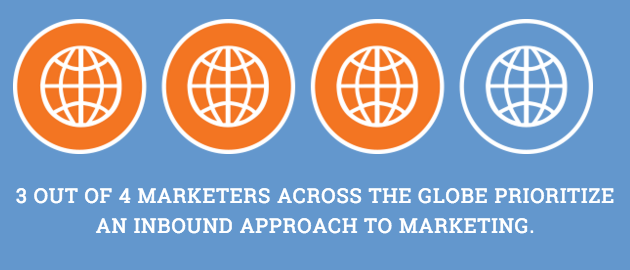

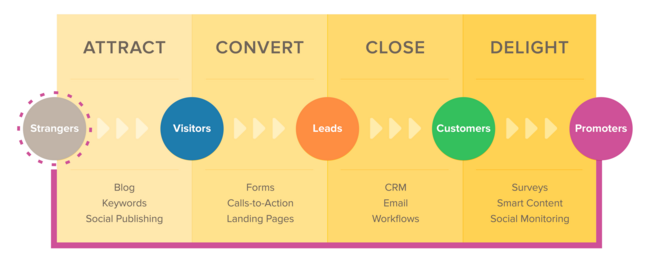
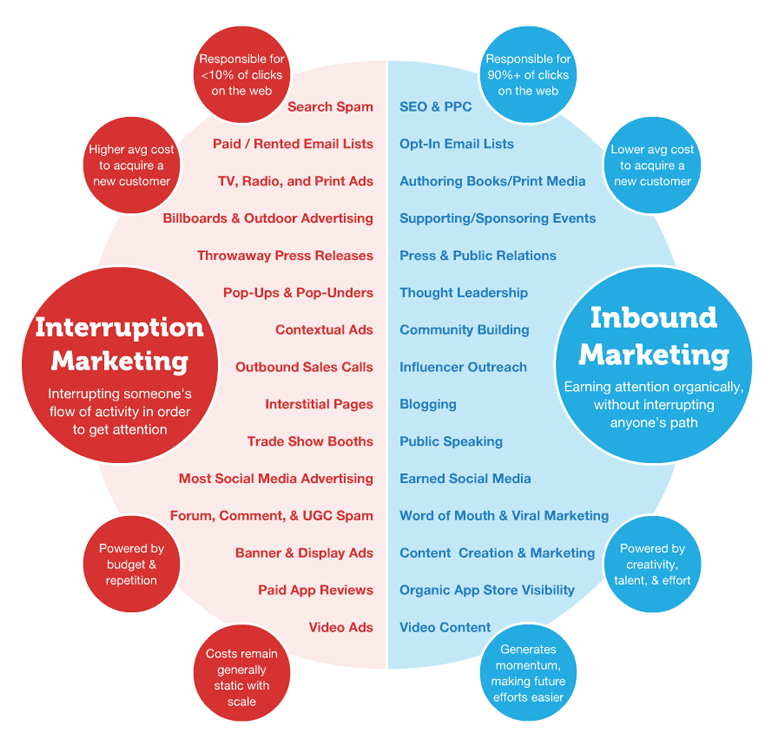
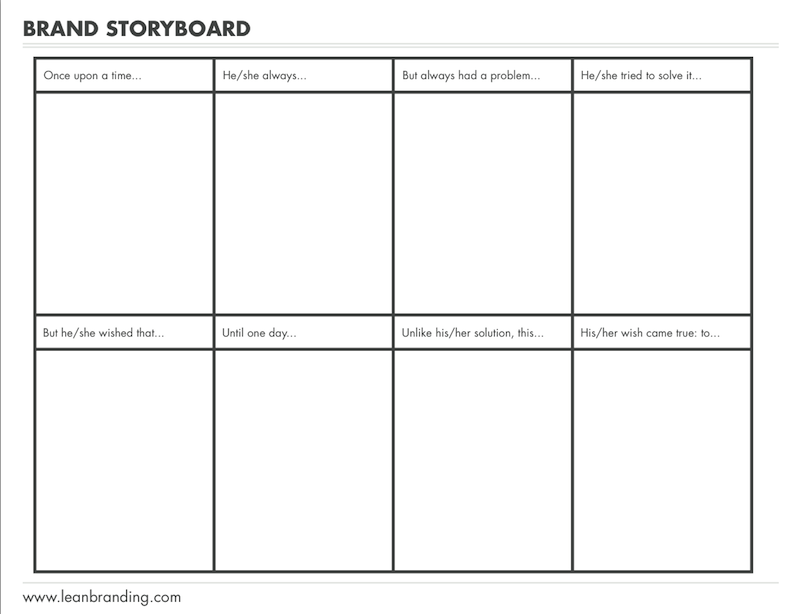




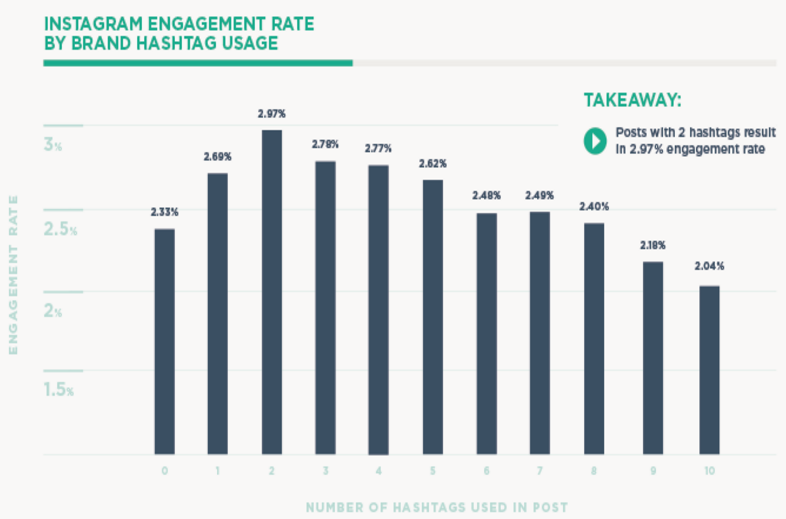
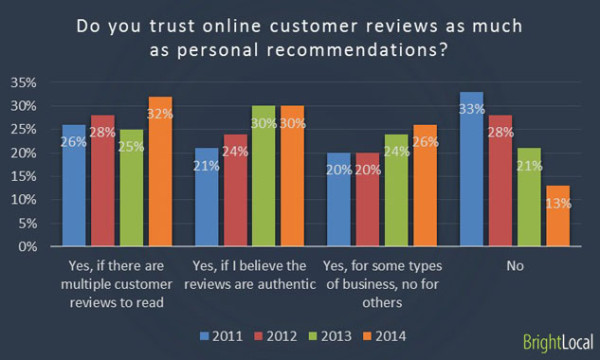

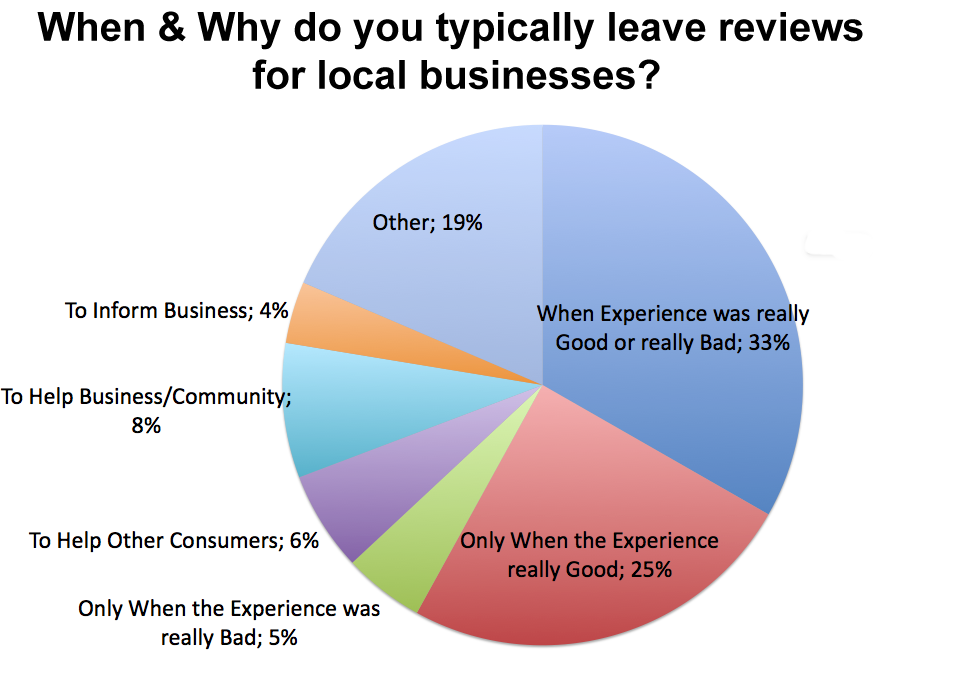


Comments (107)